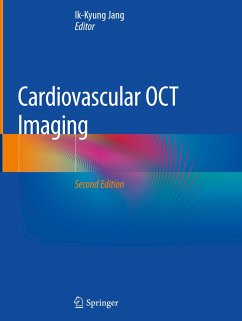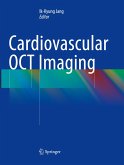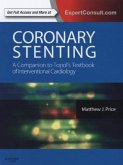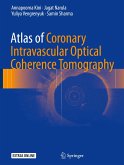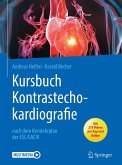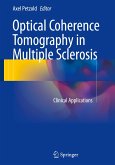This heavily revised second edition comprehensively reviews the use of optical coherence tomography (OCT) in cardiovascular practice. It provides detailed guidance on how to properly interpret OCT images and successfully utilise it in daily clinical practice Chapters cover the development and physics associated with OCT, relevant interpretation skills, OCT imaging artifacts, plaque erosion, bioabsorbable stent, the detection of vulnerable plaque, and the use of OCT imaging in unison with other modalities such as phase contrast imaging (PCI). Areas of potential future development are also covered
Cardiovascular OCT Imaging enables interventional cardiologists and cardiologists to quickly become both familiar and develop a detailed understanding of this technology to improve patient care and treatment outcome. It is a valuable reference for all practising and trainee medical professionals in cardiology, and in particular those who specialize in interventional cardiology.
Cardiovascular OCT Imaging enables interventional cardiologists and cardiologists to quickly become both familiar and develop a detailed understanding of this technology to improve patient care and treatment outcome. It is a valuable reference for all practising and trainee medical professionals in cardiology, and in particular those who specialize in interventional cardiology.

